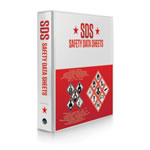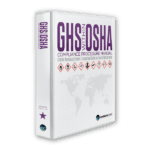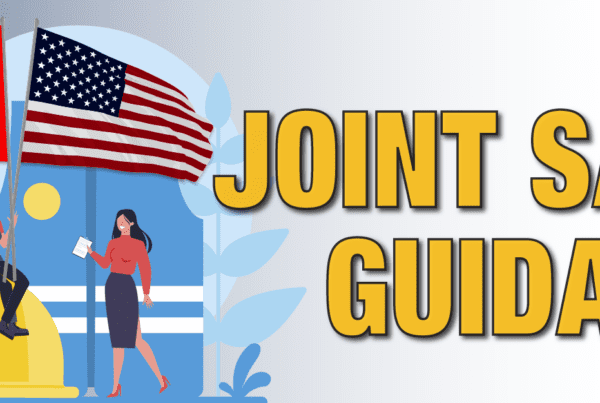WHMIS CCCR Exemption Review
Ever since the Canadian Workplace Hazardous Materials Information System (WHMIS) has existed, there have been exclusions for certain products where WHMIS either doesn’t work well, or where there is already a different hazard communication system in place. One of the most used of these is the exclusion for consumer products regulated under the “Consumer Chemicals and Containers Regulations 2001 (CCCR).” But maybe this exclusion is on its way out. At least, Health Canada would like to know if you think it should be.
The Hazardous Products Act, which establishes WHMIS on a federal basis, requires WHMIS labels and safety data sheets (SDSs) for hazardous products sold to workplaces. But Section 12 excludes things listed on Schedule 1 of the Act, which includes things such as wood, pesticides and “consumer products as defined in section 2 of the Canada Consumer Product Safety Act.” This is the act under which the CCCR regulates labels for consumer products.
This has established two different structures for hazard communication. If you’re selling your hazardous product to workplaces, you use the Hazardous Products Act and WHMIS. If you’re selling it primarily on the consumer market, you use the CCCR. The CCCR has a very different labelling system than WHMIS, and also does not require the supplier to provide users with SDSs. This was originally thought to be too cumbersome for the consumer market.
However, SDSs could be quite useful for consumer products that end up being used in the workplace (for example, a can of paint purchased at a local retail store.) Planning safe working conditions often requires more information than that available on a CCCR label. And the widespread use of the internet has made distributing SDSs easier than handing them out at the cashier’s desk.
So, Health Canada has decided to take another look at this exclusion. They published a “Notice of Intent for proposal to remove the consumer product exclusion from the Hazardous Products Act” on December 15, 2022, to obtain stakeholder input. Stakeholders can include suppliers to retail outlets, outlets themselves, workers and labour organizations, and federal/provincial/territorial agencies involved in regulating hazardous chemicals.
Health Canada advises:
“To participate in this consultation, please send us an email at: [email protected] to express your interest and to request a comment package. We will email you a copy of the Notice of Intent and instructions to provide your comments.”
Once they’ve received stakeholder input and reviewed it, they will look at the steps they want to take. Perhaps we’ll keep the exclusion as it exists now. Or maybe we’ll end up with a process for making SDSs available for consumer products. Maybe someone will conceive of an entirely new solution. The most radical change would be eliminating the consumer product system and folding hazardous consumer products under WHMIS (in a similar manner to that seen int the Globally Harmonized System for Labelling and Classification, or GHS), but that’s unlikely to happen soon.
Definitely, if you’re involved in sale or use of consumer products in Canada, make sure your voice is heard!
Do you have any questions about this proposed change? Contact our team of Regulatory Experts for more information.
Stay up to date and sign up for our newsletter!
We have all the products, services and training you need to ensure your staff is properly trained and informed.
 Safety Data Sheet (SDS) Services |
 OSHA / WHMIS / GHS Training Courses |
 GHS Publications |
Sources:
Justice Canada, Hazardous Products Act
Justice Canada, Canada Consumer Product Safety Act
Justice Canada, “Consumer Chemicals and Containers Regulations 2001”
Health Canada, Consultation: Notice of Intent for proposal to remove the consumer product exclusion from the Hazardous Products Act
WHMIS.org portal






